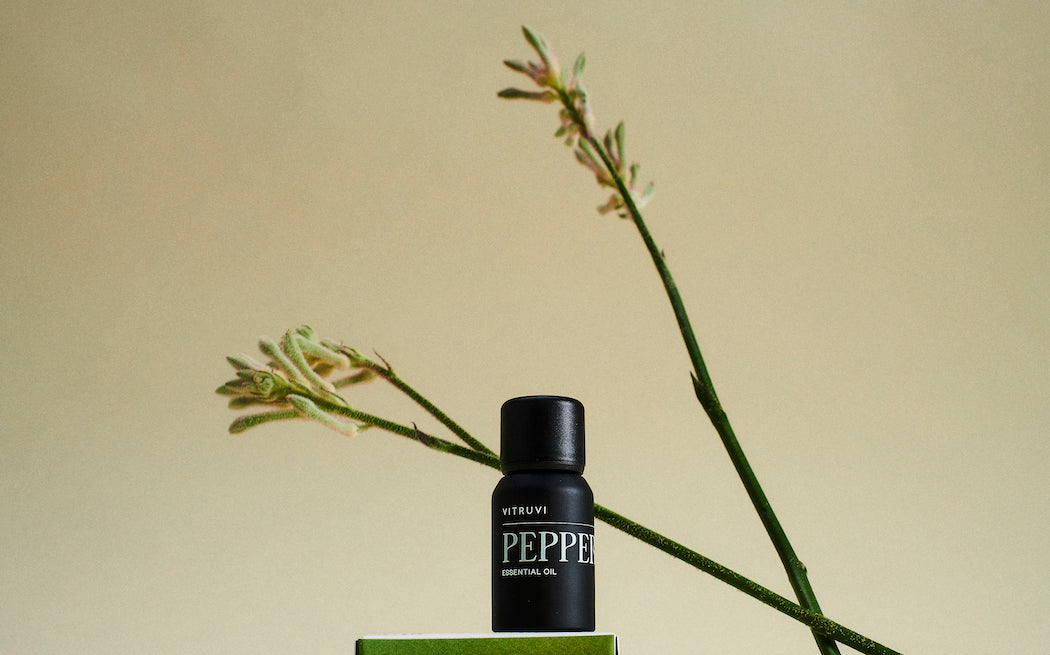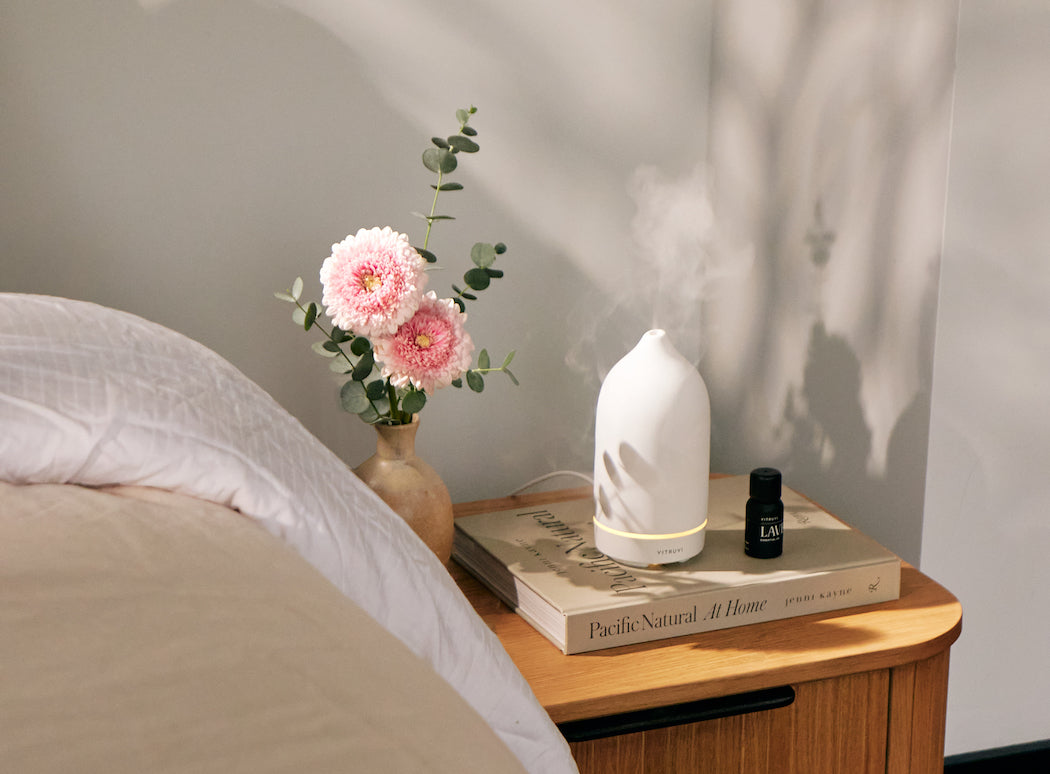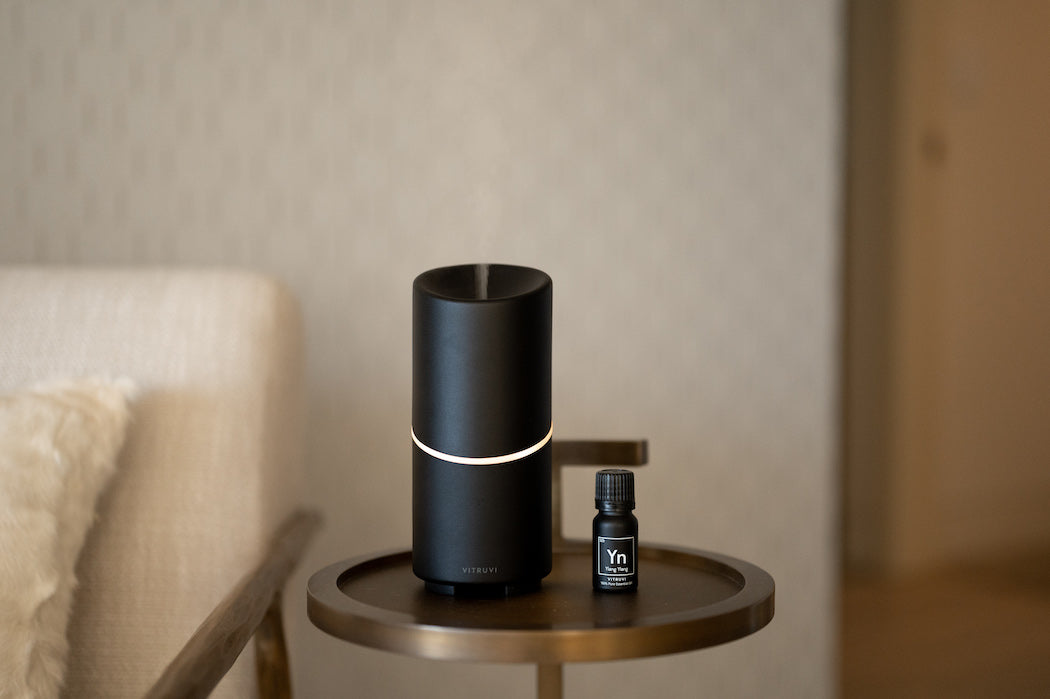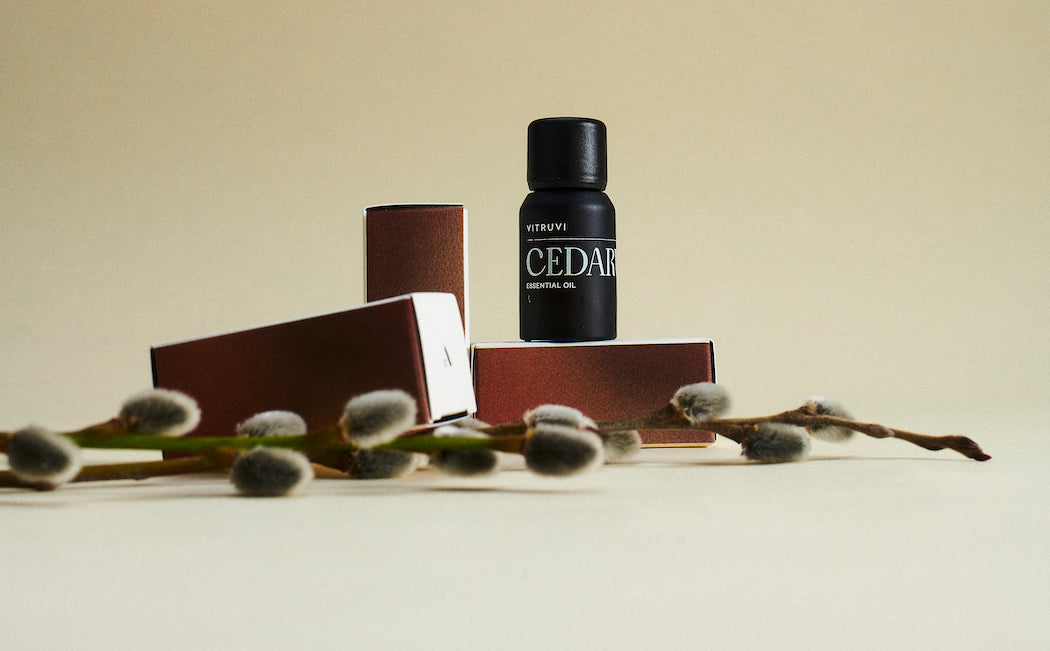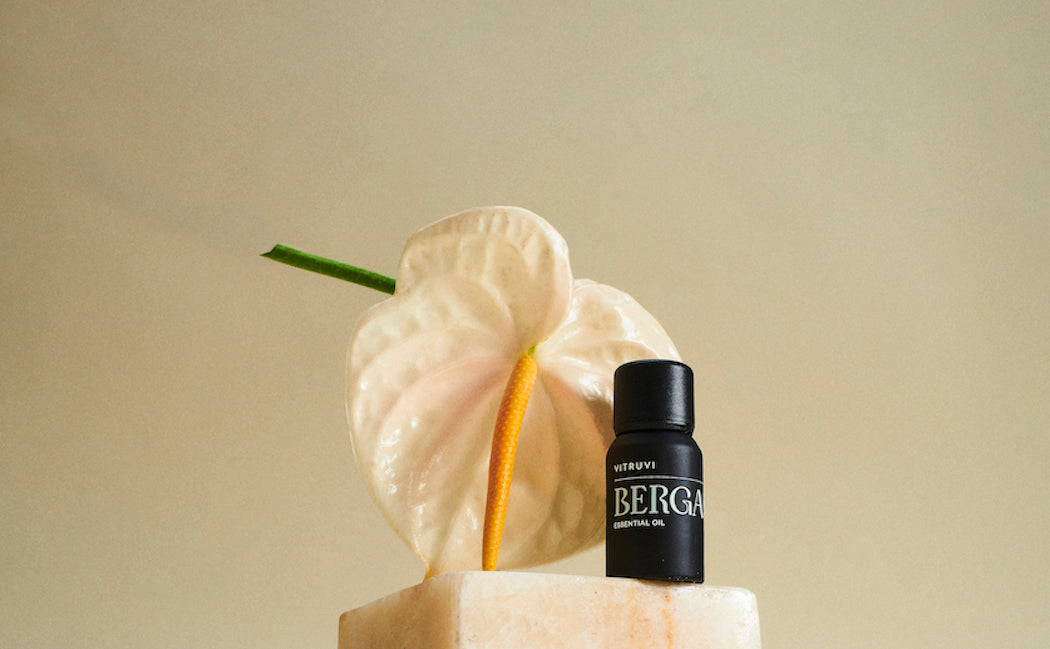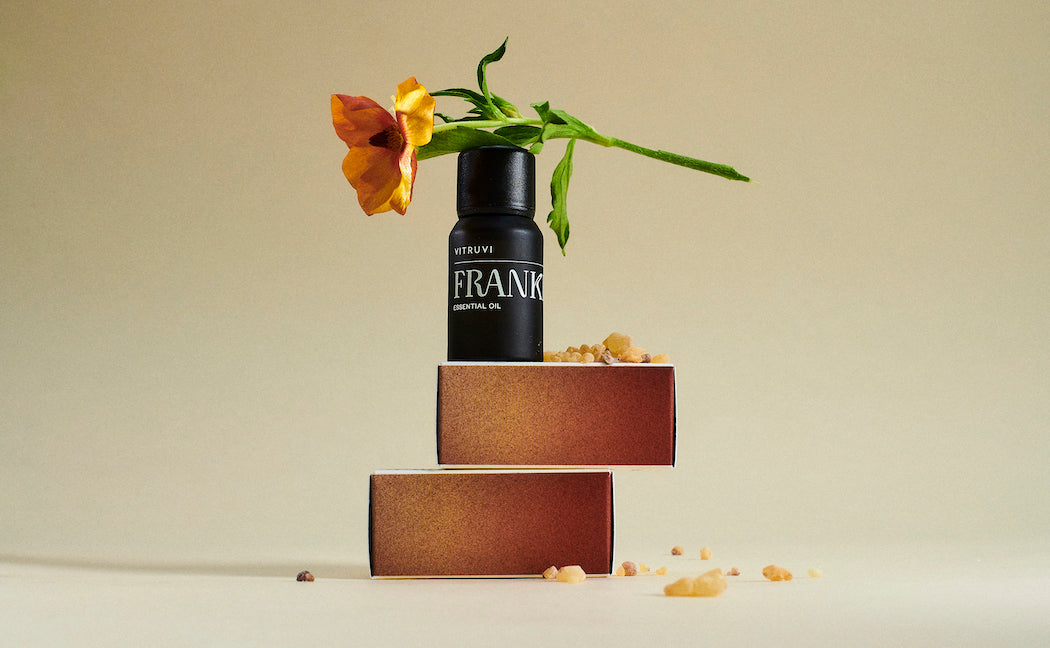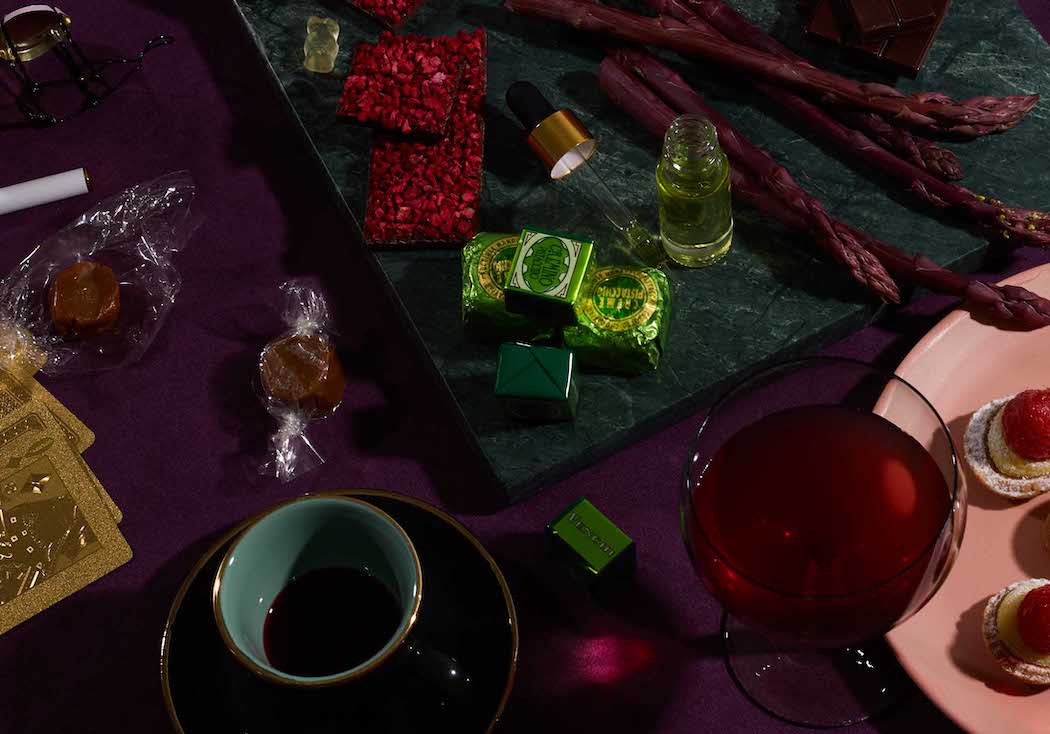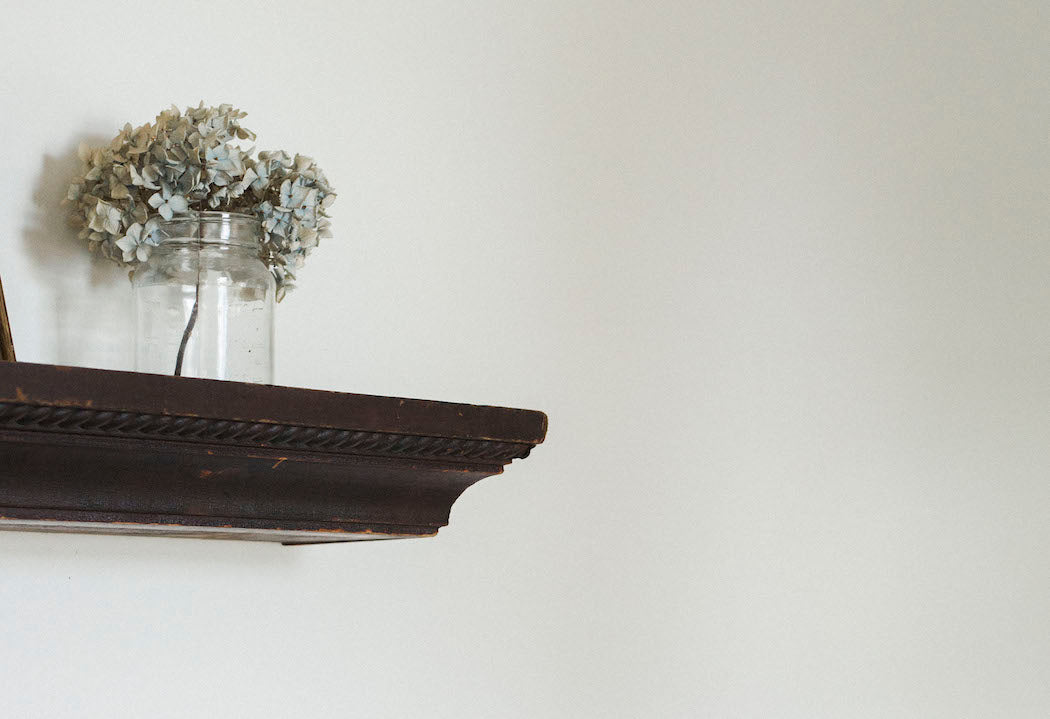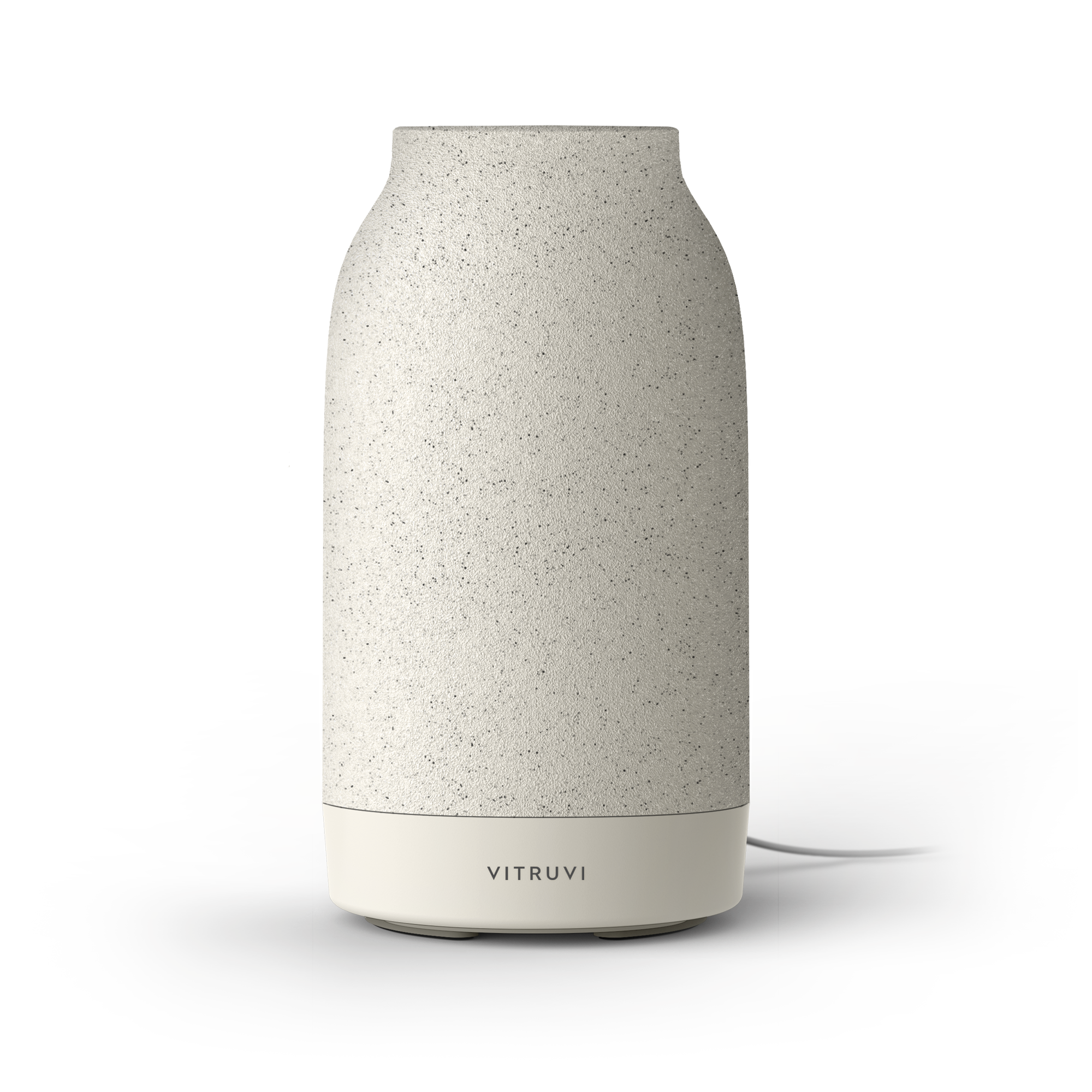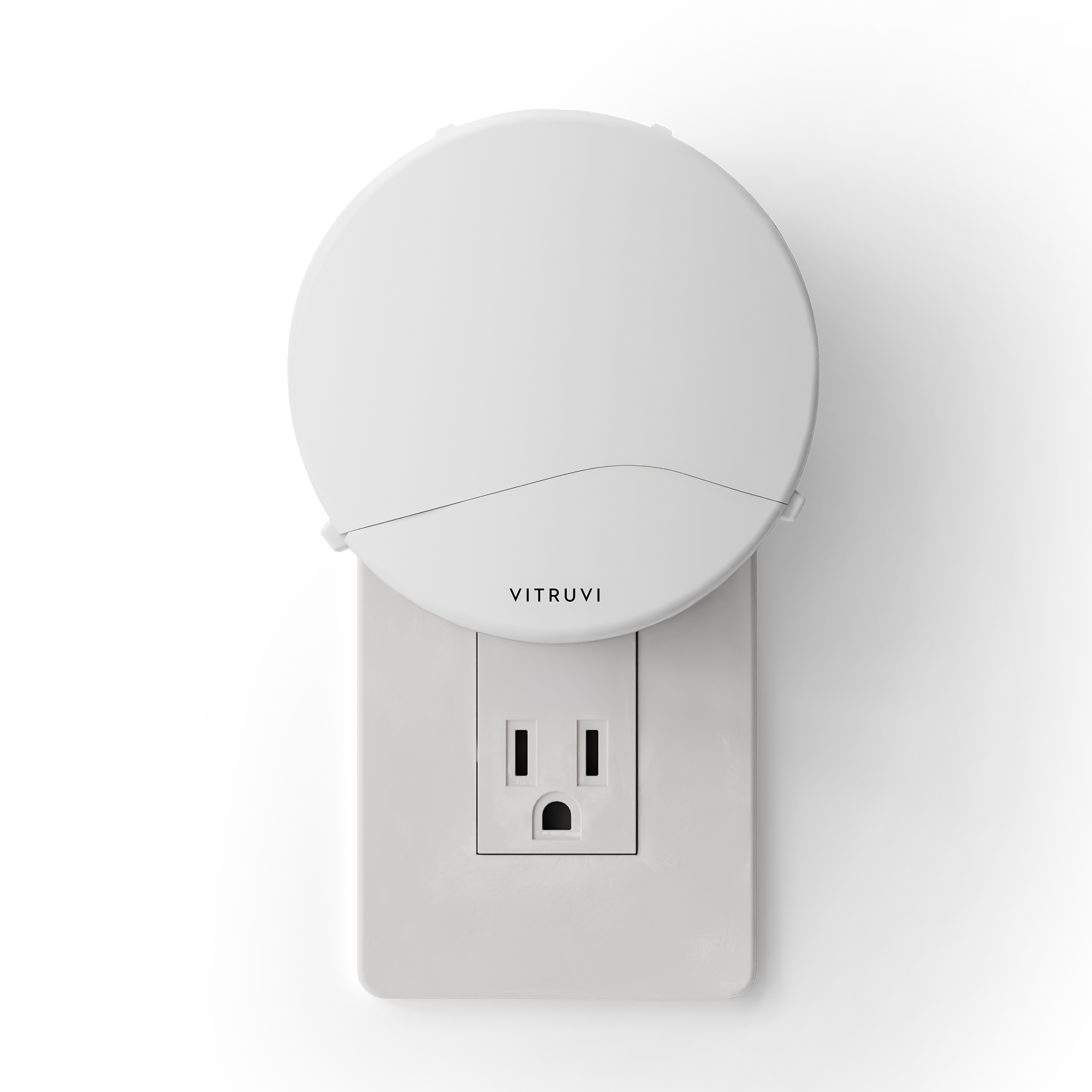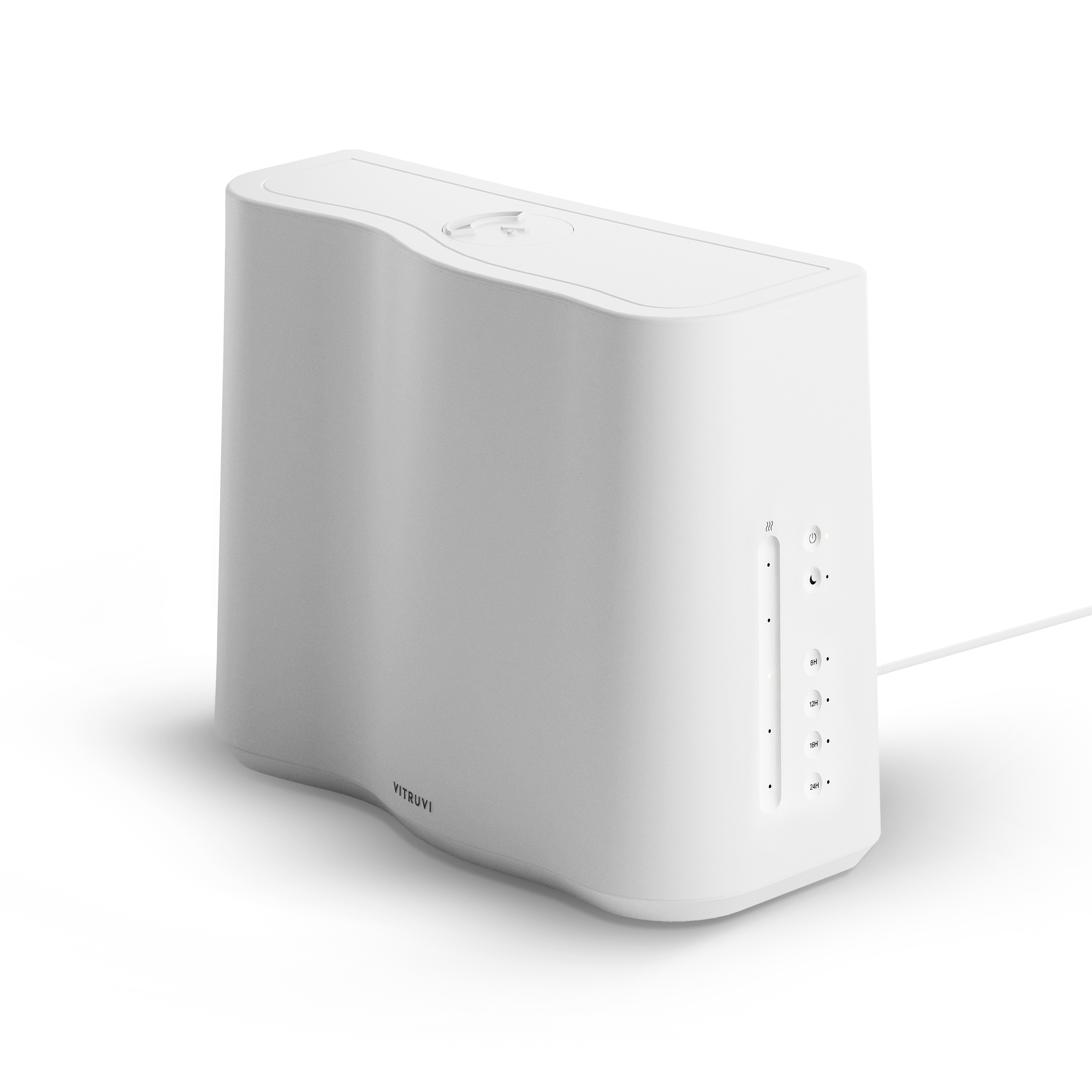Hormonal acne is a common skin issue that most of us have or will experience at some point in our lives, regardless of our gender, age, or skin type. Unfortunately, treating this type of acne isn’t always easy, because hormonal breakouts tend to be cystic, making it even more difficult to care for your skin. For this reason, understanding what this skin condition is, where it comes from, and how to identify it on your complexion is essential for treating your acne and maintaining healthy skin—both now and in the long run.
What is hormonal acne and where does it come from?
Hormonal acne is exactly what it sounds like—acne that arises due to a fluctuation of hormone levels within your body. Most notably, fluctuations in estrogen, progesterone, and androgen hormones are usually responsible for this type of acne, as they tend to cause changes within your body that naturally affect the appearance of the skin.
For example, when androgen hormones like testosterone increase, the body’s natural oil, or sebum, production will also increase. As a result, you might notice your skin looks more oily than normal, which can lead to clogged pores.
Typically, the fluctuation of hormones occurs alongside certain life periods we undergo. Throughout puberty, pregnancy, and menopause, for instance, our hormone levels rapidly change in response to the body’s transformative state. No wonder females between ages 20 and 40 tend to endure cystic, hormonal acne more often than anyone else.
Even regularly-occurring times in a woman’s life, such as the monthly menstrual cycle, can be linked to the appearance of hormonal acne. This helps explain why many women encounter hormonal blemishes (as well as other skin concerns) during this time.
What are the characteristics of hormonal acne?
While some people experience hormonal acne in the form of blackheads, whiteheads, or small zits, many people will characterize their hormonal acne as cystic, which means they are blemishes that form deep under the surface of the skin. Because of this, cystic breakouts can be very sensitive and tender to the touch.
Although puberty-related hormonal acne generally appears somewhere along a person’s t-zone (forehead, nose, chin), adult hormonal acne will mostly form on the lower part of a person’s face. Specifically, the bottom of your cheeks and jawline can act as the breeding ground for hormonal acne, so be sure to show those areas of your complexion some extra TLC—especially if you have oily or acne-prone skin.
How to treat hormonal acne
There are many ways to treat hormonal acne, so it’s important to weigh your options and find what works best for you. Certain methods will be more fitting for certain skin types and concerns, so remember to consider all of the factors before purchasing any new treatment products or medications. If you’re not sure how to classify your skin, try taking a quiz or consulting with a dermatologist to ensure you’ve gathered a basic understanding.
-
Tea Tree Essential Oil
If you’d prefer a more natural approach to treating hormonal acne, opt for essential oils such as Tea Tree. Tea Tree Essential Oil has many uses, but when it comes to treating acne, it works to reduce skin inflammation. You can find Tea Tree listed on the ingredient label of many acne-focused skincare products, and you can also get it as its own pure oil (simply dab a drop onto blemishes before bed). To use Tea Tree in a more comprehensive face oil, combine a few drops of it with a carrier oil such as Jojoba or Plum. Pair your face oil with a detoxifying massage using a gua sha tool or facial cups to help your skin even more.
-
Over-the-counter retinol products
If your hormonal acne is mild, you may benefit from using over-the-counter retinol products. Derived from Vitamin A, this active ingredient works to speed up the skin cell turnover process and unclog pores, which helps to target and prevent all types of unwanted acne. Keep in mind, though, that using over-the-counter retinol products can take up to 12 weeks of consistent use before improvements in skin texture start to appear, so you may want to turn to a different treatment solution if you’re looking for faster results. If you choose to go this route, start with a small amount of retinol and work your way up as your skin adjusts, and always remember to wear sunscreen during the day, as retinol increases sensitivity.
-
Tretinoin acne cream
Those with more severe hormonal acne may benefit from using a prescription-strength acne cream containing tretinoin, such as this one from Hers. Tretinoin, otherwise known as the generic form of Retin-A, is another effective retinoid ingredient that serves the same purpose when targeting blemishes, but is more powerful than over-the-counter retinol products. Talk with a skincare expert to find out if a tretinoin product could help medicate your hormonal acne.
-
Hormonal birth control medication
Whether or not you’re not sexually active, birth control is a great way to combat blemishes and breakouts. Often referred to as combined oral contraceptives, hormonal birth control medication serves to target acne by regulating your body’s hormones and lowering their production. This, in turn, can help lower the creation of sebum and prevent acne from occurring.
If you’re suffering from hormonal acne, remember two things: one, there are ways to treat it—you just need to find what’s right for you. Two (and more importantly), you’re not alone.


